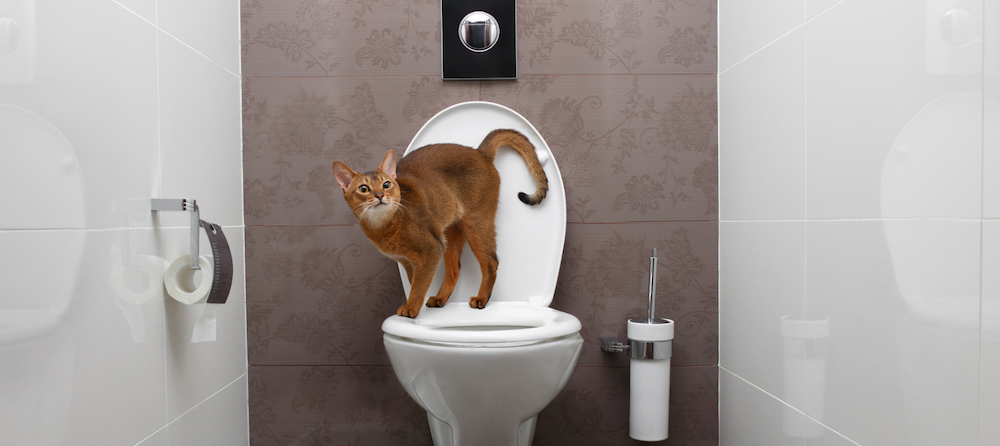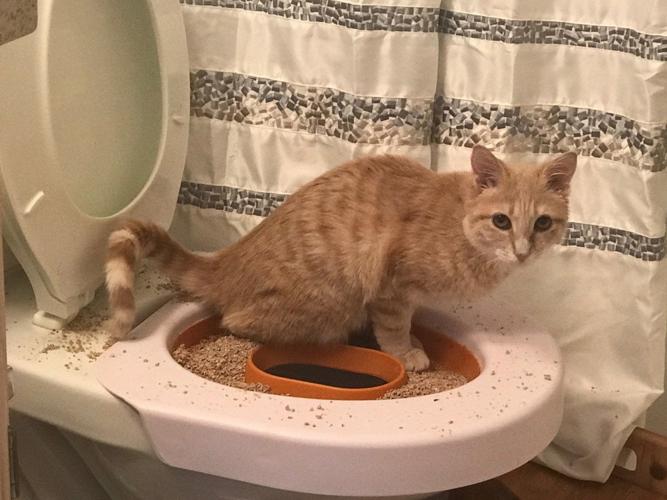Potential Risks of Flushing Cat Poop Down Your Toilet - Advice for Better Handling
Potential Risks of Flushing Cat Poop Down Your Toilet - Advice for Better Handling
Blog Article
On this page below you can find lots of dependable news when it comes to Can You Flush Cat Poop Down The Toilet?.

Introduction
As cat proprietors, it's vital to be mindful of exactly how we throw away our feline buddies' waste. While it may seem practical to flush feline poop down the bathroom, this technique can have damaging repercussions for both the setting and human health and wellness.
Ecological Impact
Flushing feline poop introduces damaging microorganisms and bloodsuckers right into the water system, posturing a substantial threat to aquatic ecosystems. These impurities can adversely affect aquatic life and compromise water top quality.
Health and wellness Risks
In addition to environmental issues, flushing cat waste can also pose health risks to human beings. Feline feces might include Toxoplasma gondii, a parasite that can cause toxoplasmosis-- a possibly serious health problem, especially for pregnant females and people with damaged body immune systems.
Alternatives to Flushing
Luckily, there are much safer and much more responsible means to take care of feline poop. Consider the following choices:
1. Scoop and Dispose in Trash
The most common approach of throwing away feline poop is to scoop it into an eco-friendly bag and throw it in the trash. Make certain to make use of a devoted clutter scoop and deal with the waste without delay.
2. Use Biodegradable Litter
Opt for naturally degradable cat trash made from materials such as corn or wheat. These clutters are eco-friendly and can be securely thrown away in the trash.
3. Hide in the Yard
If you have a yard, take into consideration burying pet cat waste in a marked location far from vegetable yards and water sources. Make certain to dig deep sufficient to stop contamination of groundwater.
4. Set Up a Pet Waste Disposal System
Invest in a family pet waste disposal system especially developed for cat waste. These systems use enzymes to break down the waste, lowering odor and ecological impact.
Final thought
Responsible family pet ownership prolongs past offering food and sanctuary-- it also includes proper waste administration. By avoiding flushing pet cat poop down the toilet and selecting alternative disposal techniques, we can reduce our ecological footprint and safeguard human health.
Why Can’t I Flush Cat Poop?
It Spreads a Parasite
Cats are frequently infected with a parasite called toxoplasma gondii. The parasite causes an infection called toxoplasmosis. It is usually harmless to cats. The parasite only uses cat poop as a host for its eggs. Otherwise, the cat’s immune system usually keeps the infection at low enough levels to maintain its own health. But it does not stop the develop of eggs. These eggs are tiny and surprisingly tough. They may survive for a year before they begin to grow. But that’s the problem.
Our wastewater system is not designed to deal with toxoplasmosis eggs. Instead, most eggs will flush from your toilet into sewers and wastewater management plants. After the sewage is treated for many other harmful things in it, it is typically released into local rivers, lakes, or oceans. Here, the toxoplasmosis eggs can find new hosts, including starfish, crabs, otters, and many other wildlife. For many, this is a significant risk to their health. Toxoplasmosis can also end up infecting water sources that are important for agriculture, which means our deer, pigs, and sheep can get infected too.
Is There Risk to Humans?
There can be a risk to human life from flushing cat poop down the toilet. If you do so, the parasites from your cat’s poop can end up in shellfish, game animals, or livestock. If this meat is then served raw or undercooked, the people who eat it can get sick.
In fact, according to the CDC, 40 million people in the United States are infected with toxoplasma gondii. They get it from exposure to infected seafood, or from some kind of cat poop contamination, like drinking from a stream that is contaminated or touching anything that has come into contact with cat poop. That includes just cleaning a cat litter box.
Most people who get infected with these parasites will not develop any symptoms. However, for pregnant women or for those with compromised immune systems, the parasite can cause severe health problems.
How to Handle Cat Poop
The best way to handle cat poop is actually to clean the box more often. The eggs that the parasite sheds will not become active until one to five days after the cat poops. That means that if you clean daily, you’re much less likely to come into direct contact with infectious eggs.
That said, always dispose of cat poop in the garbage and not down the toilet. Wash your hands before and after you clean the litter box, and bring the bag of poop right outside to your garbage bins.
https://trenchlesssolutionsusa.com/why-cant-i-flush-cat-poop/

We hope you liked our section on Don’t flush cat feces down the toilet. Thanks for taking a few minutes to read our blog post. Sharing is nice. Helping others is fun. I value reading our article about Don’t flush cat feces down the toilet.
Visit My Site Report this page